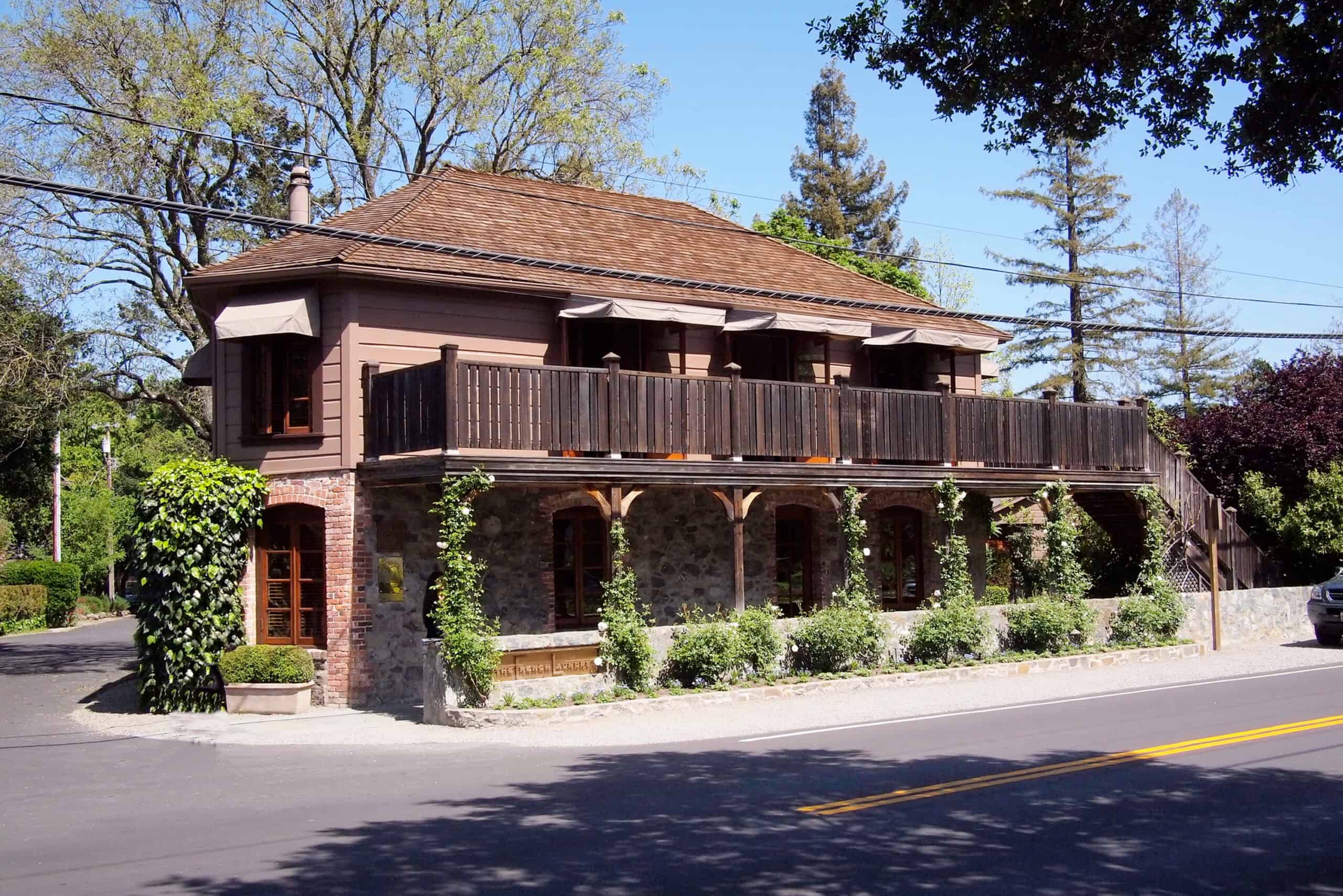Wadi Rum (Jordan)
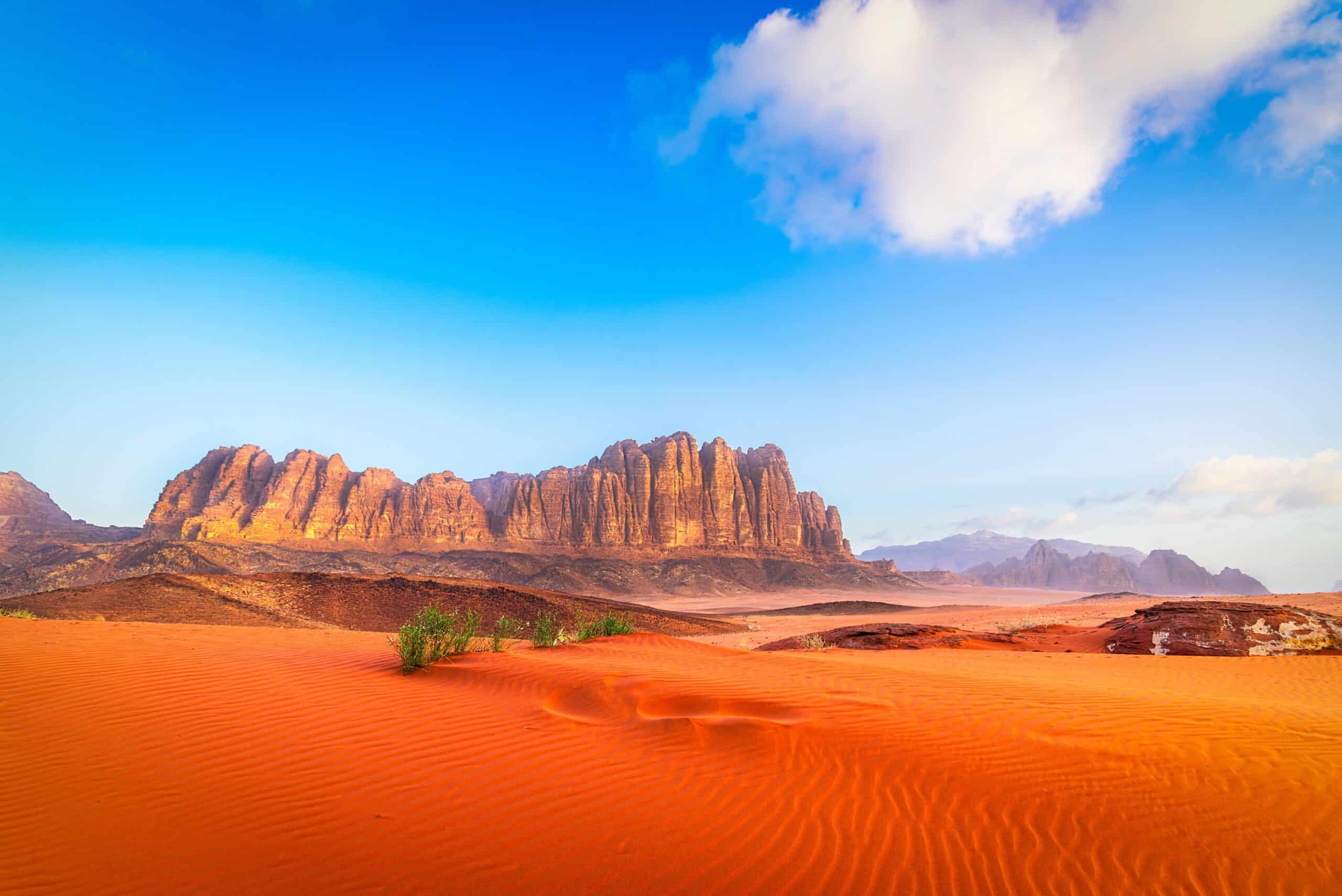
Wadi Rum, often referred to as the “Valley of the Moon,” is one of the most breathtaking desert landscapes in the world. Located in southern Jordan, this UNESCO World Heritage site is known for its towering sandstone mountains, dramatic rock formations, and expansive red sand dunes. The desert’s unique geology has been sculpted over millennia by wind and water erosion, resulting in stunning natural arches, towering cliffs, and deep canyons. Visitors are captivated by the contrast between the soft red sands and the rugged, jagged rock formations that rise dramatically from the desert floor. Wadi Rum’s surreal beauty has made it a popular filming location for movies such as Lawrence of Arabia and The Martian. Adventurers can explore the desert on camelback, 4×4 tours, or even by foot, experiencing the tranquility and timelessness of this otherworldly landscape. The mesmerizing sunsets and star-filled nights further enhance Wadi Rum’s allure, making it a must-visit destination for anyone seeking the sublime in nature.
Valle de la Luna (Chile)
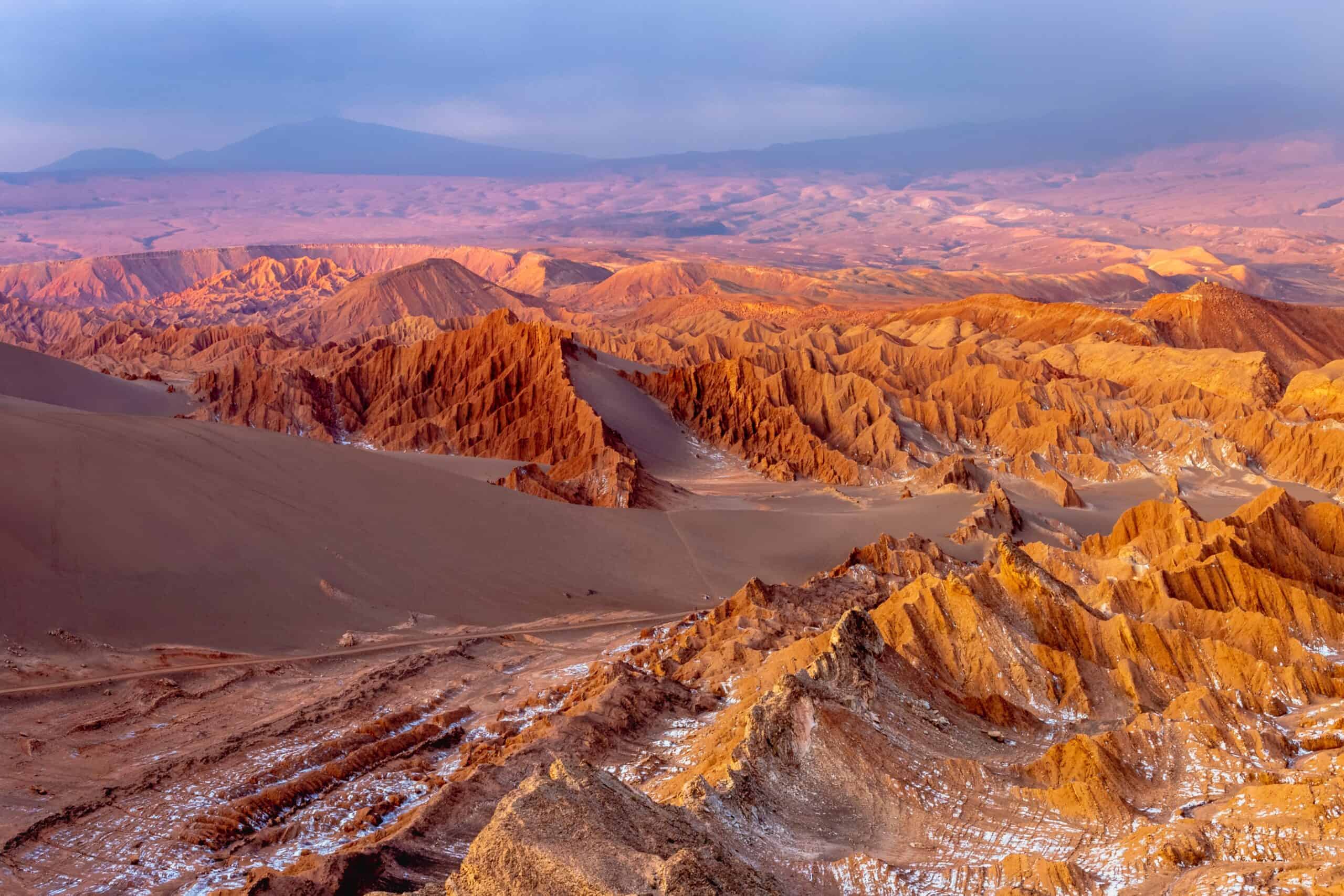
Valle de la Luna, or the Valley of the Moon, is an extraordinary desert landscape located in the Atacama Desert, one of the driest places on Earth. This Chilean desert is famous for its otherworldly appearance, characterized by rugged terrain, vast sand dunes, and unique rock formations that have been shaped by centuries of wind and water erosion. The valley’s name is derived from its moon-like surface, with its salt flats, bizarrely shaped rocks, and cracked earth that seem more suited to a lunar landscape than to Earth. The play of light and shadow at sunrise and sunset transforms the desert into a kaleidoscope of colors, with the rocks and sands shifting between shades of red, pink, and gold. Valle de la Luna is not only a visual wonder but also a place of profound silence, where the vastness of the desert creates a deep sense of solitude and awe. This captivating landscape is a paradise for photographers, adventurers, and those seeking a profound connection with nature.
Sossusvlei (Namibia)
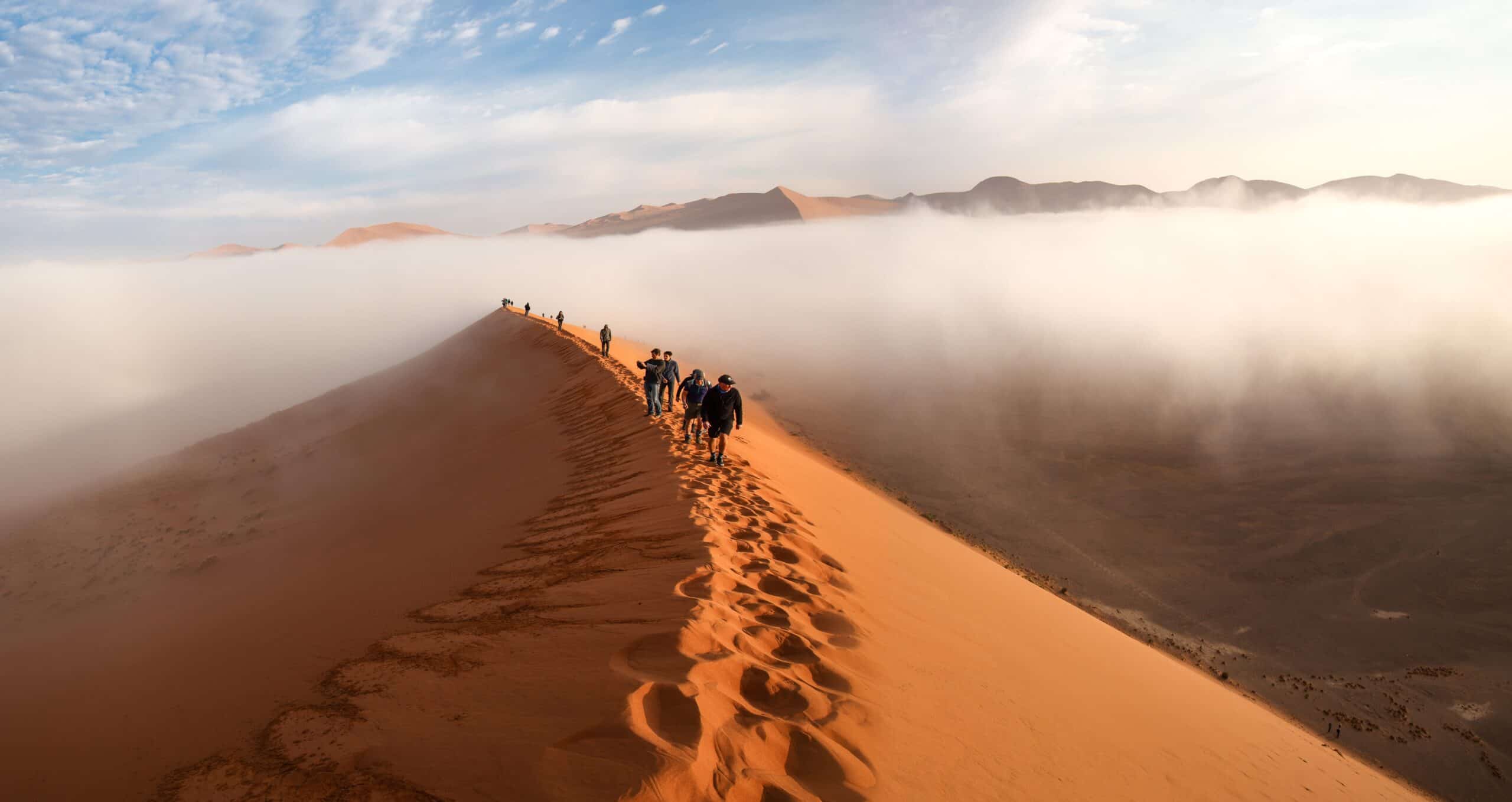
Sossusvlei, located in the heart of the Namib Desert in Namibia, is one of the most iconic and mesmerizing desert landscapes on the planet. This area is renowned for its towering sand dunes, some of which reach heights of up to 300 meters, making them among the tallest in the world. The dunes, particularly the famous Dune 45 and Big Daddy, are strikingly red-orange due to the high iron content in the sand and the intense desert sunlight. Sossusvlei is also known for its contrasting white salt and clay pan, which is often dotted with gnarled, ancient trees that have stood lifeless for centuries, adding to the surreal beauty of the landscape. The play of light and shadow on the dunes, especially during sunrise and sunset, creates a constantly changing palette of colors, offering photographers endless opportunities to capture the desert’s haunting beauty. Sossusvlei’s stark, unspoiled environment, with its dramatic dunes and vast open spaces, embodies the essence of desert magnificence.
Erg Chebbi (Morocco)
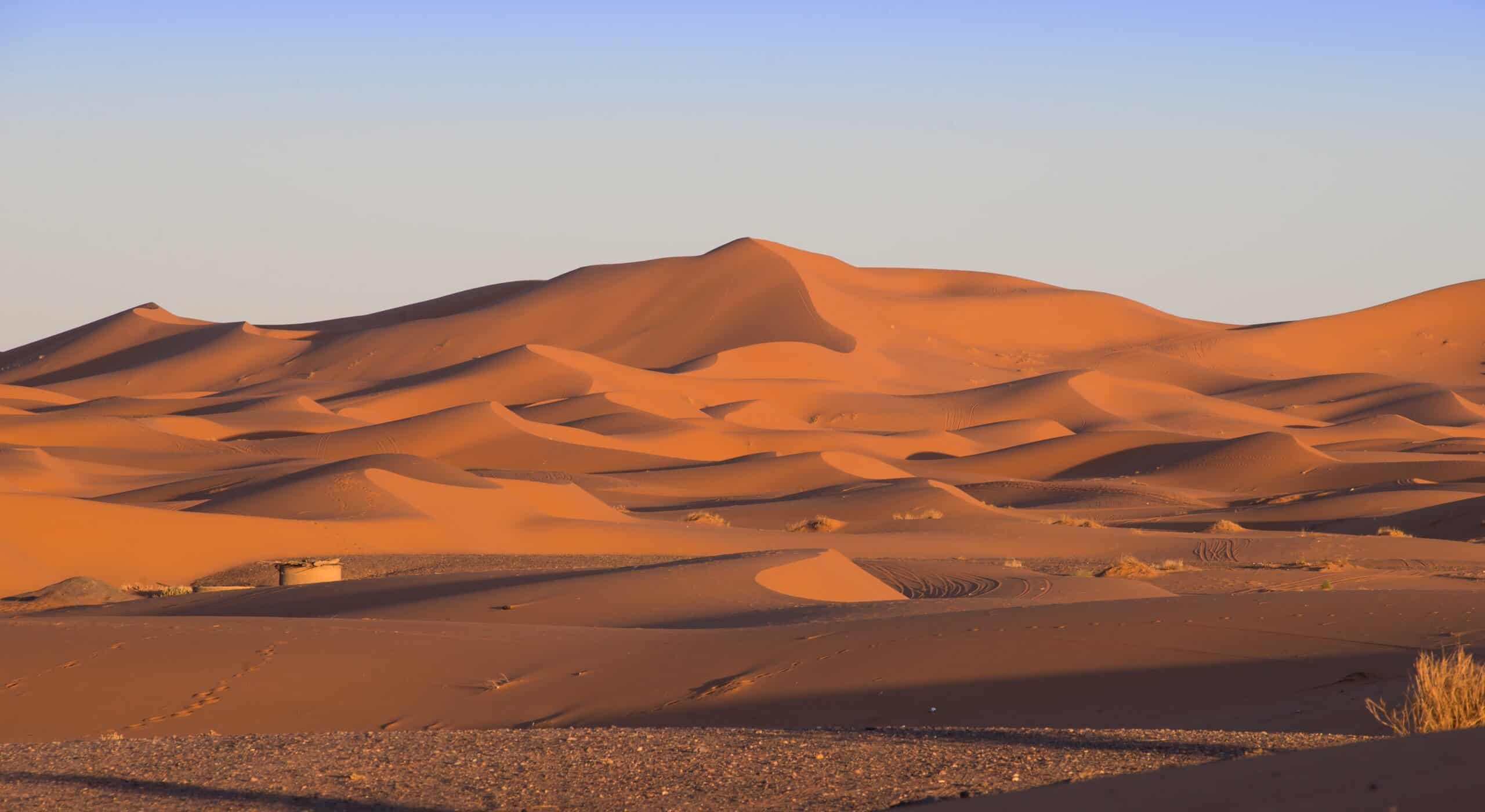
Erg Chebbi, located in the Sahara Desert near the town of Merzouga in Morocco, is one of the most captivating and iconic desert landscapes in North Africa. This vast expanse of towering sand dunes, some reaching up to 150 meters in height, stretches over 22 kilometers, creating a mesmerizing and ever-shifting sea of golden sands. The dunes of Erg Chebbi are famous for their stunning colors, which change throughout the day from soft pinks and oranges at dawn to deep reds and golds at sunset. Visitors are drawn to Erg Chebbi not only for its visual beauty but also for the unique experiences it offers, such as camel treks, sandboarding, and spending nights under the star-filled desert sky in traditional Berber tents. The tranquility and timelessness of the desert landscape provide a profound sense of peace and solitude, making Erg Chebbi a destination that captivates both the eyes and the soul. It is a place where the immensity and silence of the desert create an unforgettable experience.
Death Valley (Nevada/California, USA)
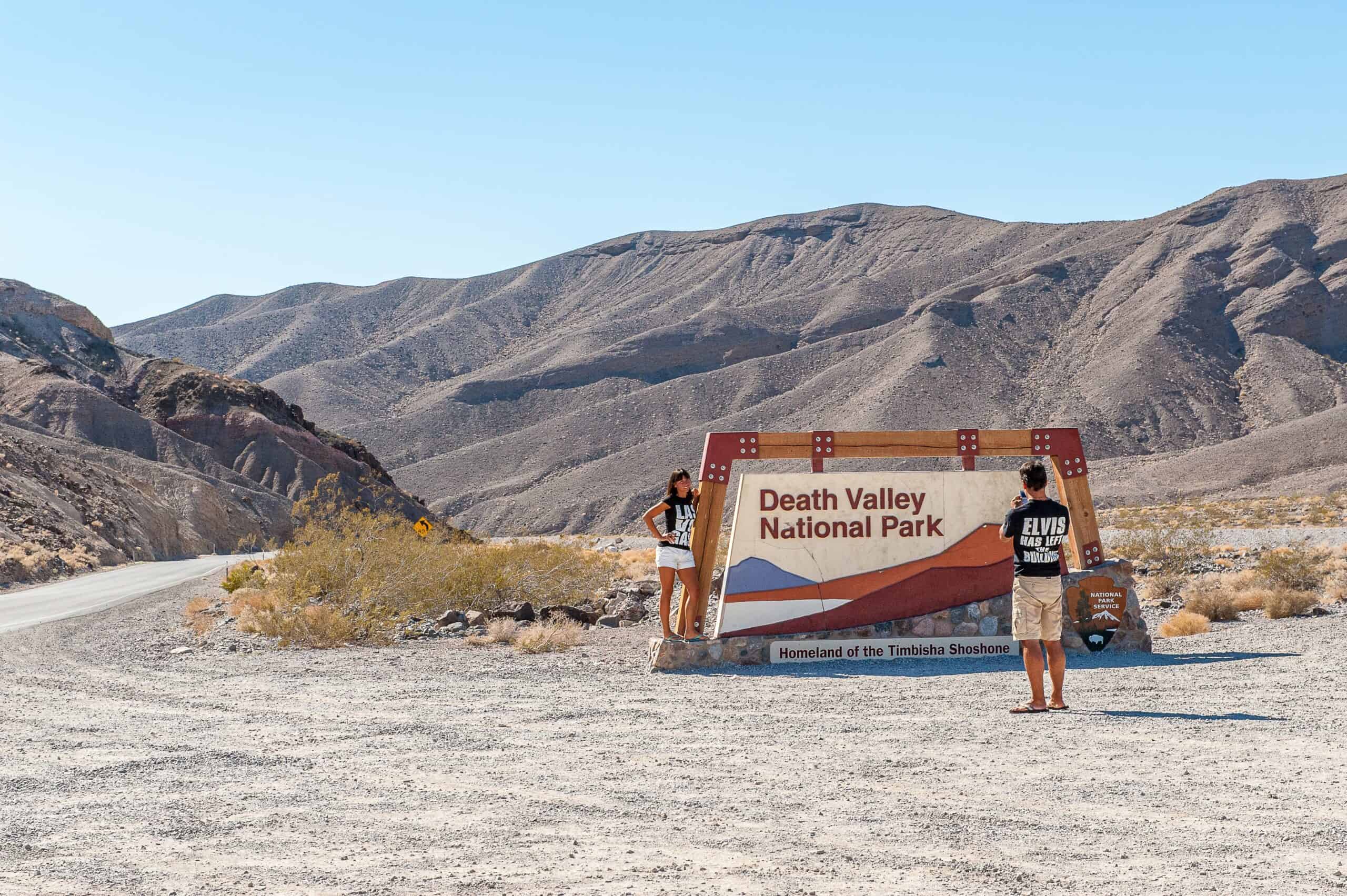
Death Valley, straddling the border between Nevada and California, is a landscape of extremes and stark beauty. Known as the hottest, driest, and lowest national park in the United States, Death Valley is a place of superlatives. The valley’s lowest point, Badwater Basin, lies 282 feet below sea level, making it the lowest point in North America. Despite its harsh conditions, Death Valley is a place of immense beauty, featuring diverse landscapes from snow-capped peaks and lush oases to vast salt flats and towering sand dunes. The valley is also home to unique geological formations such as the colorful Artist’s Palette and the mysterious sliding stones of Racetrack Playa. Visitors are often captivated by the surreal beauty of Zabriskie Point at sunrise or sunset, where the badlands glow in shades of gold and pink. Death Valley’s extremes, combined with its eerie silence and otherworldly landscapes, make it one of the most captivating and enigmatic desert destinations in the world.
The Pinnacles Desert (Australia)
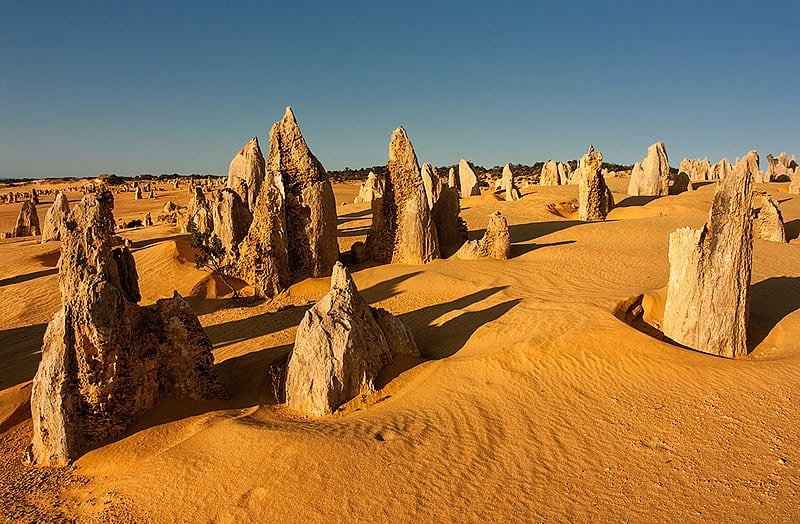
The Pinnacles Desert, located within Nambung National Park in Western Australia, is a landscape that feels like stepping into another world. This unique desert is famous for its thousands of limestone pillars, known as pinnacles, that rise eerily from the yellow sands. These natural formations, some reaching up to 5 meters in height, were formed millions of years ago from seashell deposits, and their shapes vary from sharp, jagged spires to more rounded columns. The Pinnacles Desert is particularly captivating due to the interplay of light and shadow that occurs throughout the day, with the pinnacles casting long, eerie shadows across the desert floor. This landscape is further enhanced by the surrounding wildflowers that bloom from August to October, adding splashes of color to the golden sands. The Pinnacles Desert is not just a visual wonder but also a place steeped in ancient Aboriginal mythology, adding a layer of cultural significance to its natural beauty.
Monument Valley (USA)
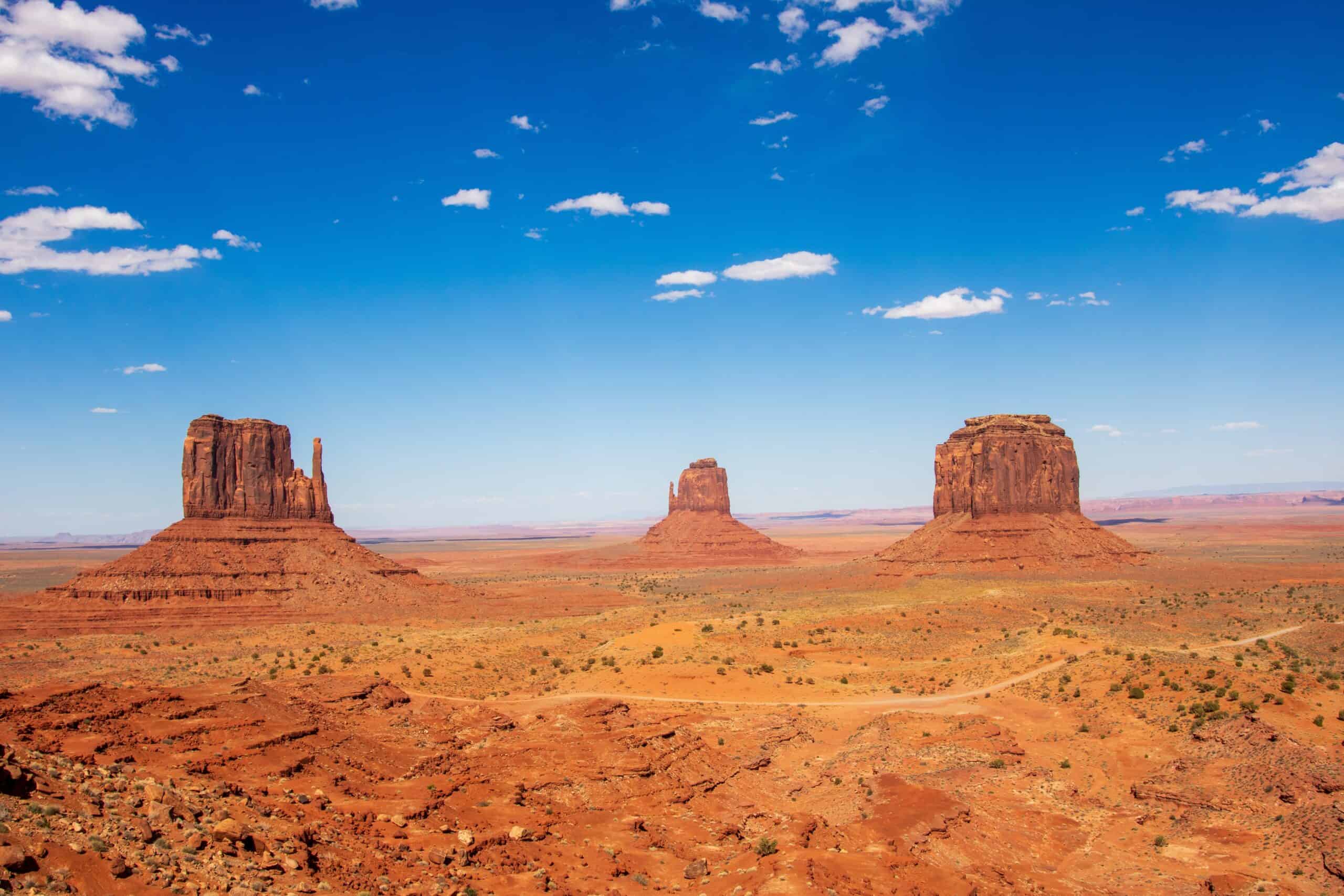
Monument Valley, straddling the border of Arizona and Utah, is one of the most iconic desert landscapes in the United States and has become synonymous with the American West. This breathtaking region is characterized by its towering sandstone buttes, mesas, and spires that rise dramatically from the vast, flat desert floor, creating a landscape that feels almost timeless. Monument Valley has been featured in countless films, television shows, and commercials, making its striking red rock formations instantly recognizable. Visitors can explore the valley by driving along the Valley Drive loop, which offers stunning views of landmarks such as the Mittens, Merrick Butte, and Elephant Butte. For a more immersive experience, guided tours led by Navajo guides provide insight into the valley’s geology, history, and cultural significance. The play of light and shadow on the rock formations, especially at sunrise and sunset, creates a mesmerizing and ever-changing palette of colors, making Monument Valley a captivating destination for photographers, adventurers, and those seeking the quintessential desert experience.
White Sands (New Mexico, USA)
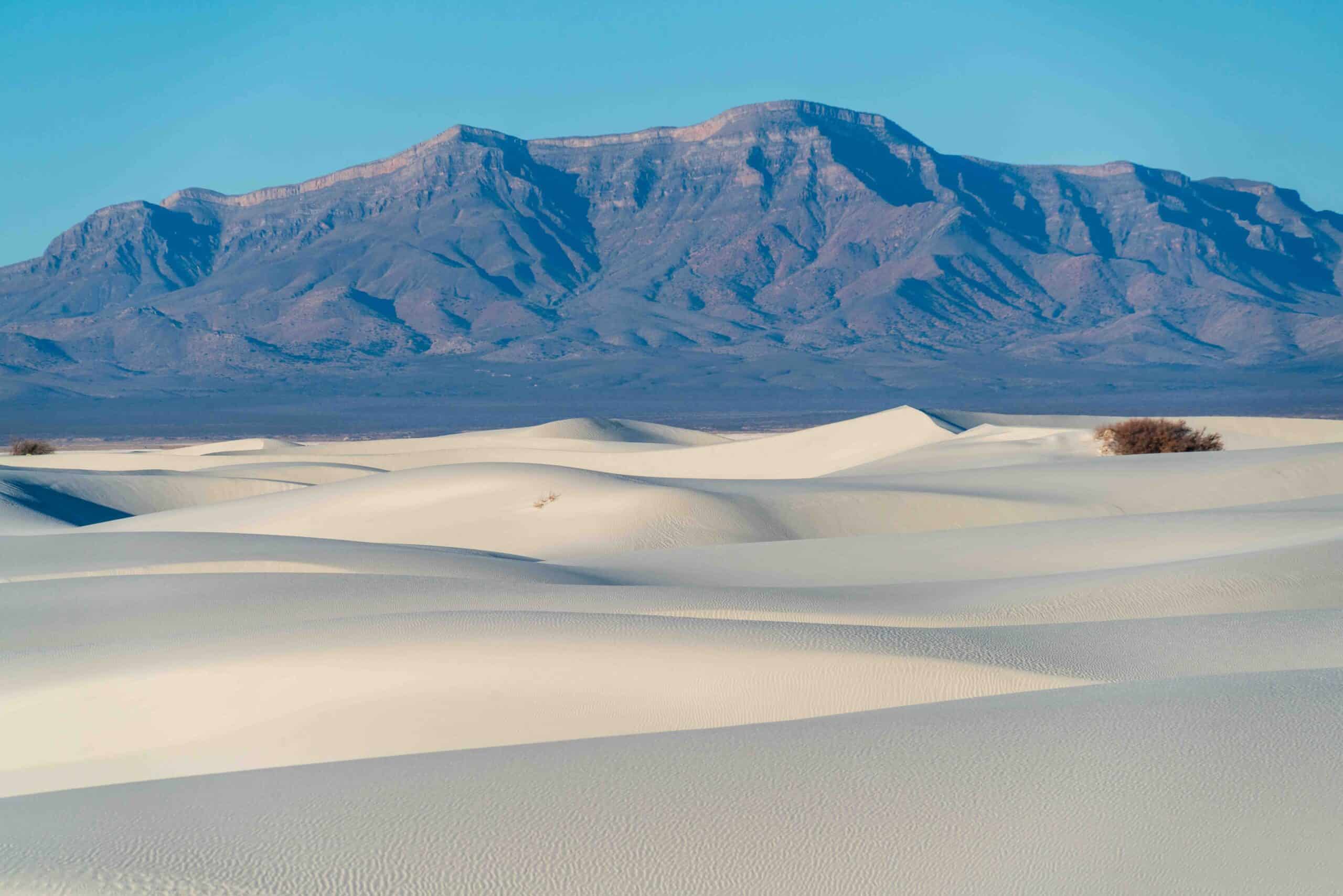
White Sands National Park in New Mexico is a desert landscape like no other. This unique desert is home to the world’s largest gypsum dune field, covering over 275 square miles. The stark white dunes, which can reach heights of up to 60 feet, create a surreal and captivating landscape that feels almost otherworldly. The gypsum sand is soft and cool to the touch, even in the heat of the day, and its purity gives the landscape a pristine, untouched quality. Visitors to White Sands can explore the dunes by hiking, sledding, or driving along the scenic Dunes Drive. The contrast between the brilliant white sands and the deep blue sky creates stunning visual effects, especially during sunrise and sunset when the dunes take on soft pastel hues. The silence and vastness of White Sands create a sense of peace and solitude, making it a perfect place for contemplation and connection with nature. This captivating landscape is a photographer’s dream and a must-visit destination for anyone seeking the extraordinary in the desert.
Valley of Fire (Nevada, USA)
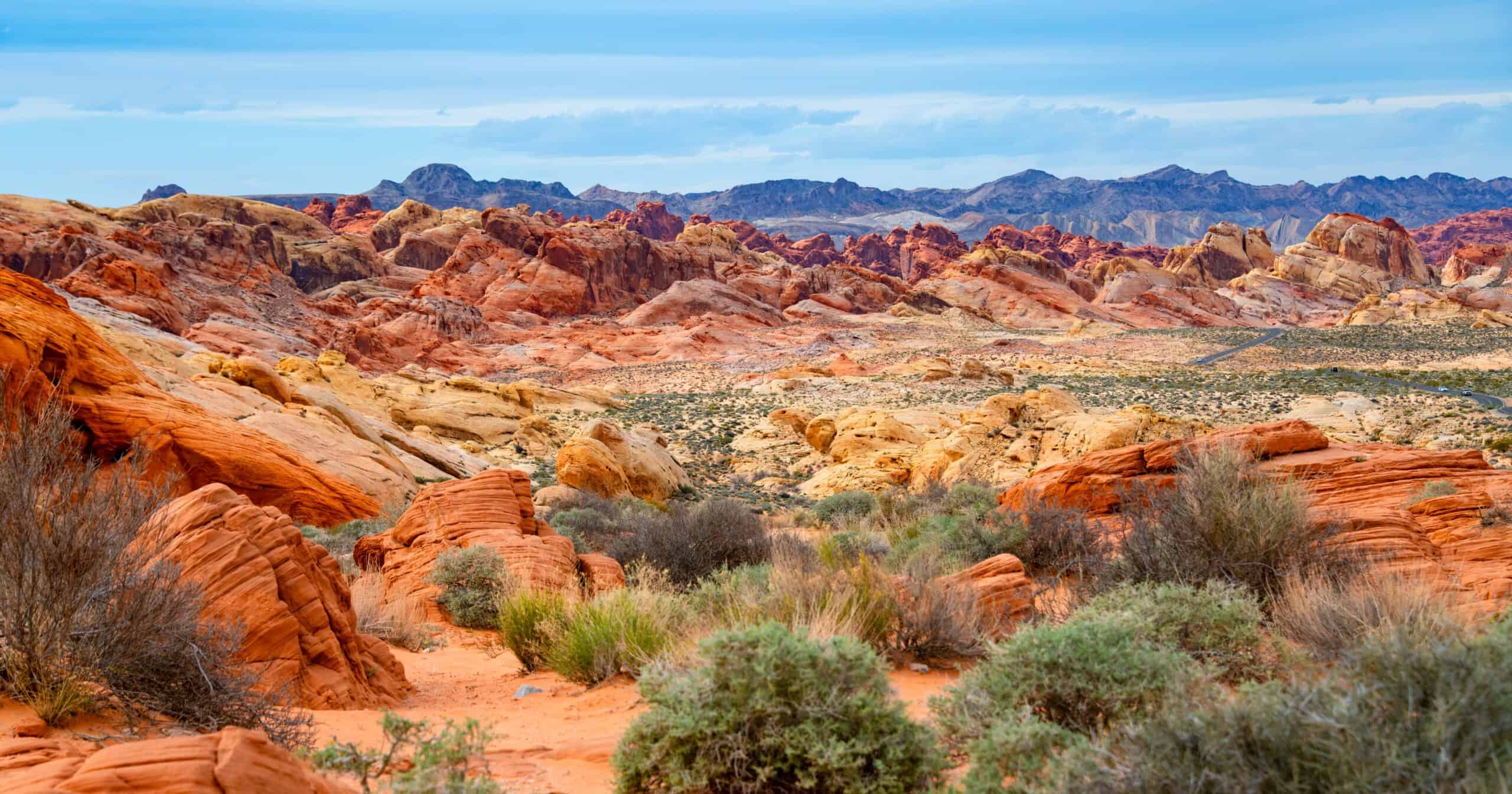
The Valley of Fire, located in the Mojave Desert of Nevada, is a landscape that truly lives up to its name. This stunning state park is known for its fiery red sandstone formations that glow brilliantly under the desert sun, creating a scene that seems to be ablaze. The unique rock formations, which have been shaped by wind and water erosion over millions of years, include arches, domes, and ridges that create a maze-like landscape full of surprises. The Valley of Fire is also rich in history, with ancient petroglyphs carved into the rocks by Native Americans over 2,000 years ago. Visitors can explore the park’s many hiking trails, which offer access to iconic landmarks such as Elephant Rock, Rainbow Vista, and the Fire Wave. The park’s dramatic scenery is particularly captivating at sunrise and sunset when the rocks take on deep red and orange hues. The Valley of Fire’s combination of natural beauty, geological wonder, and cultural history makes it one of the most captivating desert landscapes in the United States.
White Desert (Egypt)
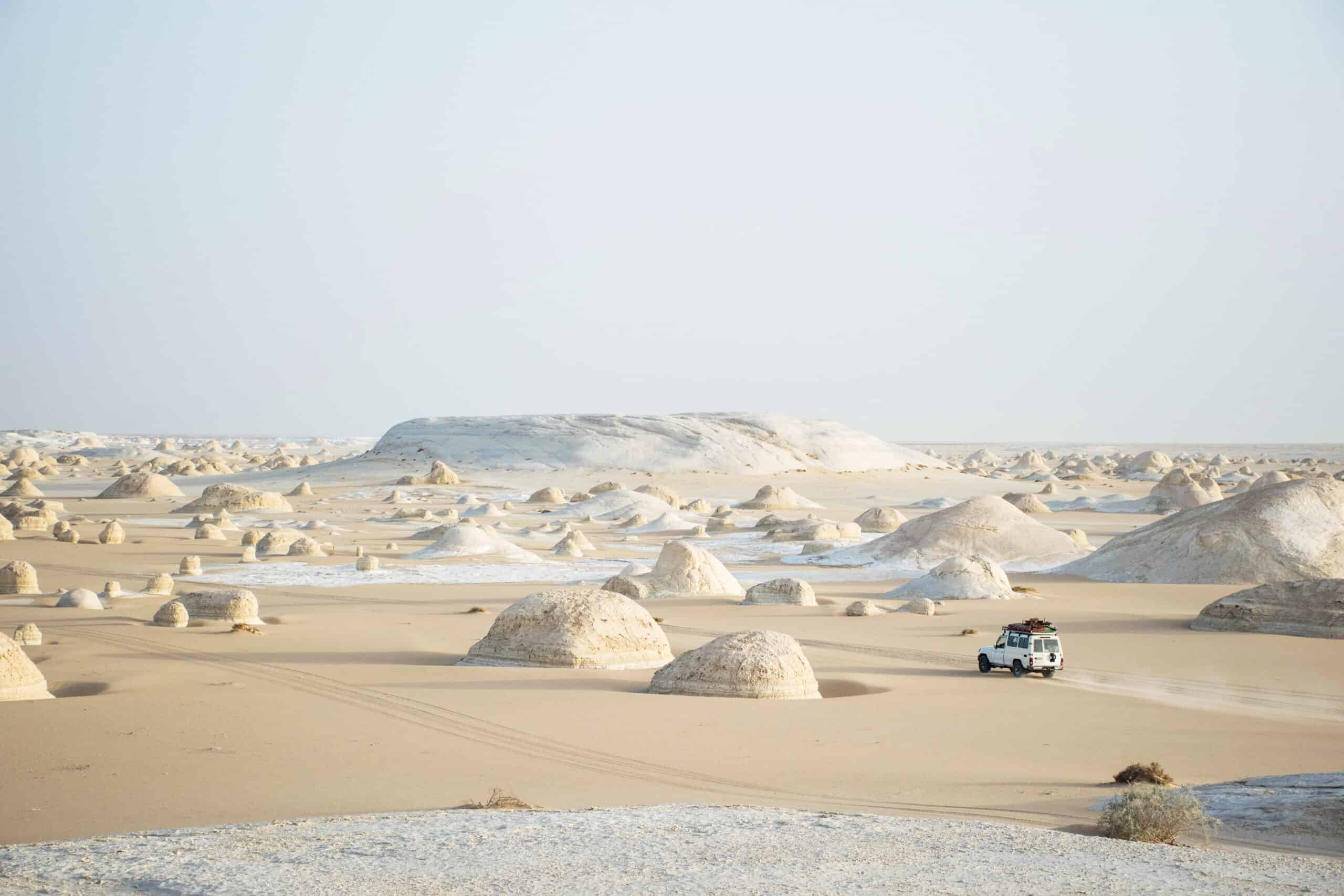
The White Desert, located in Egypt’s Western Desert, is a surreal and captivating landscape that is unlike any other desert in the world. This unique desert is famous for its chalk-white rock formations that have been sculpted by the wind into bizarre and fantastical shapes, resembling giant mushrooms, animals, and even human figures. The stark whiteness of the landscape contrasts sharply with the surrounding golden sands, creating a visually striking and almost otherworldly scene. The White Desert is a popular destination for photographers, who are drawn to the landscape’s unique beauty and the way the rocks change color with the shifting light of sunrise and sunset. Visitors can explore the desert on guided tours, which often include camel treks and camping under the stars. The silence and solitude of the White Desert, combined with its surreal beauty, create a sense of timelessness and peace, making it one of the most captivating desert landscapes in the world.
Salar de Uyuni (Bolivia)
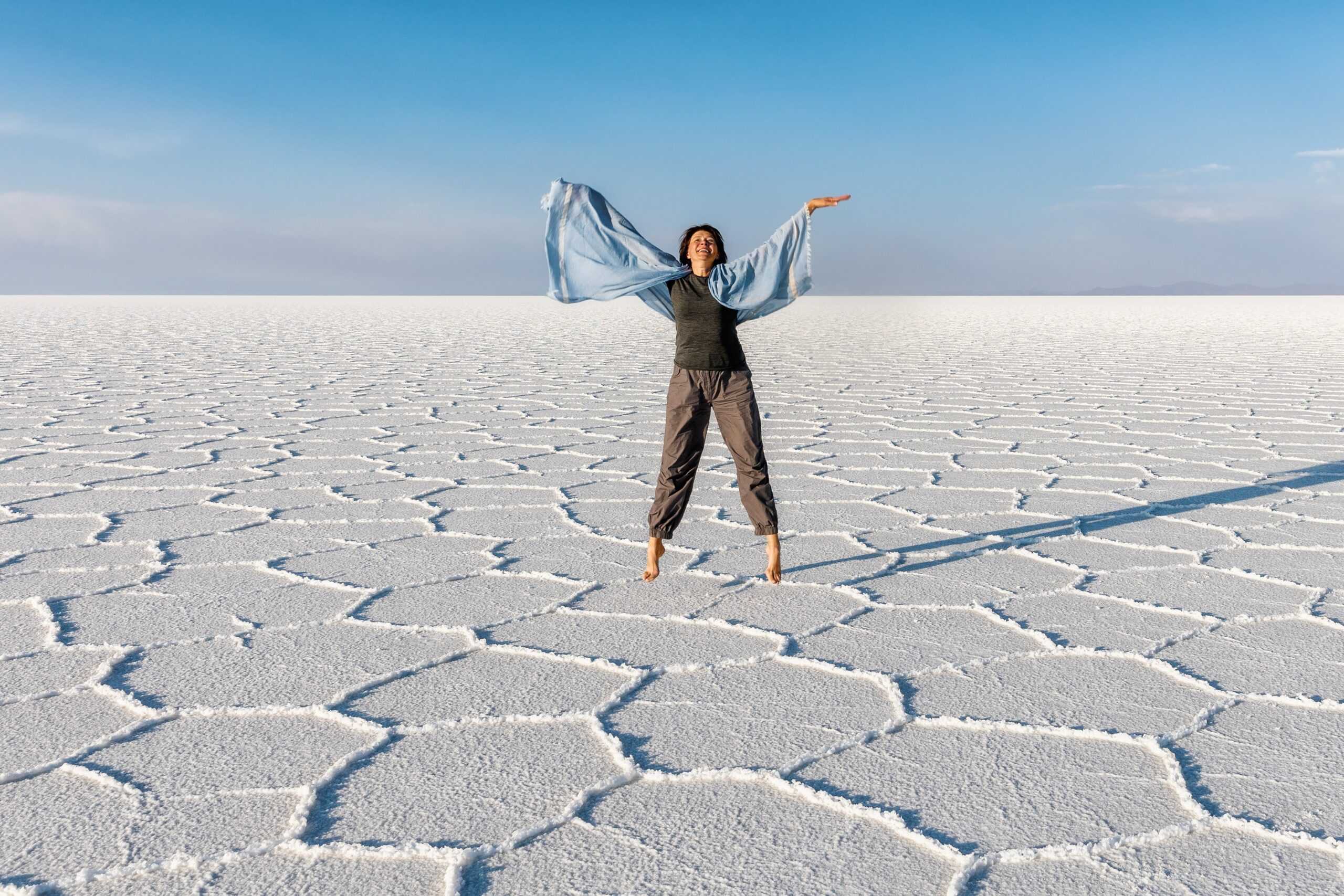
Salar de Uyuni in Bolivia is the world’s largest salt flat, and it is one of the most mesmerizing and captivating desert landscapes on Earth. This vast expanse of bright white salt stretches over 10,000 square kilometers, creating a seemingly endless, mirror-like surface that reflects the sky and clouds in a surreal and breathtaking display. During the rainy season, a thin layer of water covers the salt flat, turning it into a giant mirror that blurs the boundaries between the land and the sky, creating an illusion of walking on water. The salt flat is also home to unique features such as the hexagonal patterns formed by the salt crystals, and the striking Isla Incahuasi, a rocky outcrop covered in giant cacti. Salar de Uyuni’s otherworldly beauty and the sense of vastness and isolation it evokes make it a must-visit destination for travelers and photographers seeking the extraordinary.
Cappadocia (Turkey)

Cappadocia, located in central Turkey, is a desert landscape that is as rich in history and culture as it is in natural beauty. This unique region is famous for its “fairy chimneys,” tall, cone-shaped rock formations that were formed by volcanic eruptions millions of years ago and then sculpted by wind and water erosion. The soft volcanic rock has also been carved into homes, churches, and entire underground cities, creating a landscape that is as fascinating as it is beautiful. One of the best ways to experience Cappadocia is from above, on a hot air balloon ride at sunrise, where the fairy chimneys and the surrounding valleys are bathed in golden light. On the ground, visitors can explore the region’s many hiking trails, ancient cave dwellings, and rock-cut churches adorned with Byzantine frescoes. Cappadocia’s combination of geological wonder, historical significance, and stunning beauty
Nazca Desert (Peru)
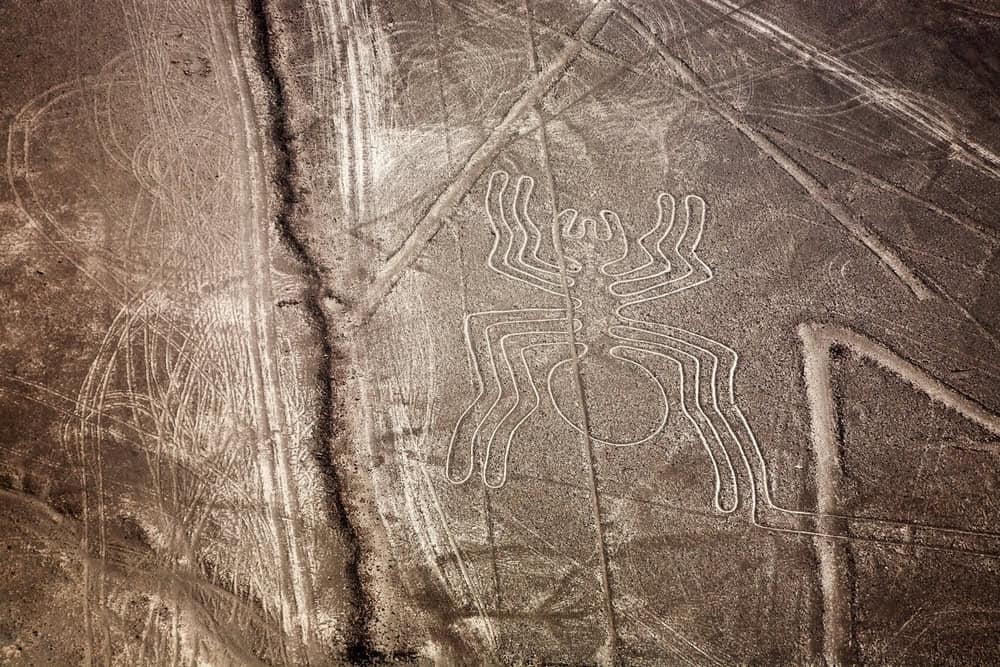
The Nazca Desert in southern Peru is a captivating desert landscape that is best known for the mysterious Nazca Lines, a series of enormous geoglyphs that were created between 500 BCE and 500 CE. These ancient figures, which include depictions of animals, plants, and geometric shapes, were etched into the desert floor by the Nazca people and are so large that they can only be fully appreciated from the air. The Nazca Lines are a UNESCO World Heritage Site and have fascinated researchers and visitors for decades, with their purpose and meaning still the subject of much speculation. In addition to the geoglyphs, the Nazca Desert is a stark and beautiful landscape, characterized by its arid plains, rugged mountains, and vast stretches of sand. The combination of the desert’s natural beauty and the mystery of the Nazca Lines makes it one of the most captivating and intriguing desert landscapes in the world.
When it comes to luxury dining, some restaurants elevate the experience to an art form. These establishments are known for their exquisite cuisine, opulent settings, and impeccable service. Read more.

